Discoveries that have changed the understanding of human evolution
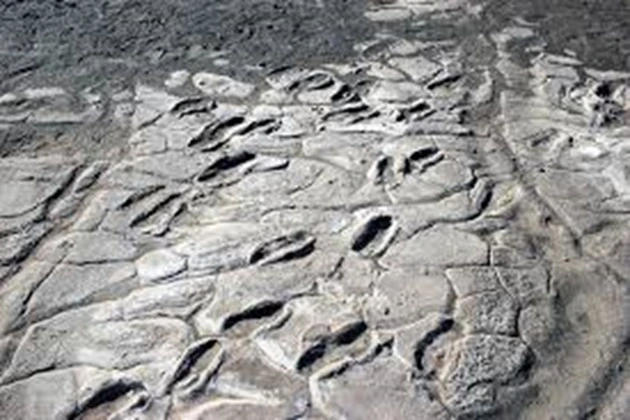
Science does not stand still, and every year, scientists make discoveries that can overturn established ideas about man’s history and evolution. Ancient fossils, works of art, and other “clues” that have come down to us from the depths of time tell us a lot. Here are nine of the most revealing discoveries that have changed our understanding of how humanity has evolved.
9 discoveries that have changed the understanding of human evolution
1. Hominid footprints in volcanic ash, Tanzania

In 1987, paleoanthropologist Mary Leakey and anthropologist Paul Abell discovered a twenty-seven-meter-long chain of fossilized footprints in Laetoli, Tanzania. The footprints were preserved in volcanic ash. Scientists suggest that one of the oldest hominid species, the Afar Australopithecus, left the tracks. This species lived on earth about four million years ago, and scientists suggest that Australopithecines and the genus Homo, including Homo sapiens, directly or indirectly descended from it.
It is noteworthy that it was this type of hominid that left behind the famous “Lucy” fossil, the skeleton of a female found in the seventies of the last century. The anatomy of the feet and gait of those who left footprints in Tanzania shows that Afar Australopithecus moved more like a human than an ape, which gives scientists more clues about evolution.
2. Prehistoric frescoes, Colombia

The caves in Chiribiquete National Park, stretching in southern Colombia, are covered with many prehistoric paintings. Scientists say about seventy-five thousand figures are in the stone vaults, many at high altitudes. Visit. A F R I N I K. C O M . For the full article. It is still a mystery how the artists of the past could climb so high to create them. Apart from being beautiful works of ancient art, the drawings are believed to have a deep spiritual meaning.
They depict dancing, hunting, rituals, and prehistoric animals that lived in the region many years ago. Jaguar drawings can be essential — anthropologists interpret them as symbols of fertility and strength. They may be related to the religions of the region’s other, more “later” inhabitants, such as the Maya and the Aztecs.
The people who created these drawings were among the first to arrive in America. Scientists estimate the age of the images to be more than twenty-two thousand years, which confirms new theories based on other archaeological findings. According to them, humans settled in America about twenty to thirty thousand years ago.
3. The mysterious ancestor of man, Russia
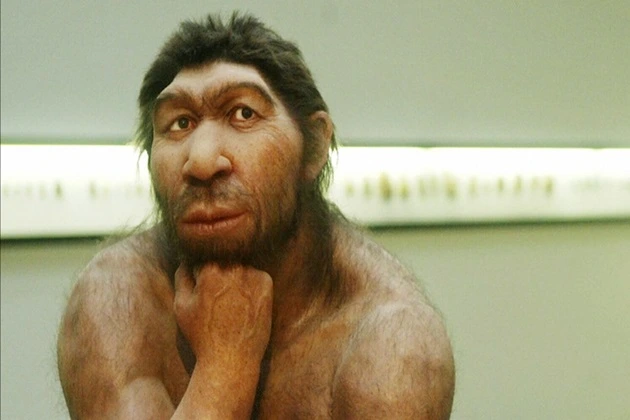
Archaeologist Michael Shunkov discovered fossils of an unknown hominid deep in the Altai Mountains in 2008 in the Denisova Cave near the border of Russia and Kazakhstan. Because the fragments were too small and complex to identify visually, geneticists sequenced their mitochondrial DNA.
It turned out that the fossils belong to a previously unknown human ancestor, which branched off from anatomically modern humans and Neanderthals about a million years ago. The mitochondrial DNA profile showed that the “Denisovan man,” named after the cave where he was found, most likely migrated from Africa separately from the early Neanderthals and Homo sapiens.
4. The oldest examples of fine art, Indonesia
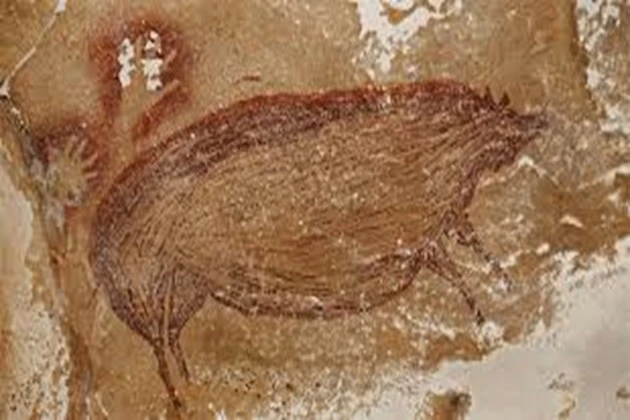
The limestone caves of Sulawesi are a treasure trove of ancient art that sheds light on prehistoric cultures. In 2019, researchers analyzed mineral deposits to find paintings of hunting scenes in them, painted about forty-three thousand years ago. In 2021, Australian and Indonesian archaeologists found even more ancient, delicate art objects.
The drawings depicted pigs using ocher, an inorganic mineral that, unfortunately, defies radiocarbon dating. However, scientists have found another way to determine the drawing’s approximate age. They examined the calcium deposits near the image—stalagmites and stalactites. It turned out that the painting was created at least forty-five thousand years ago.
5. The skull of an Australopithecus child, South Africa
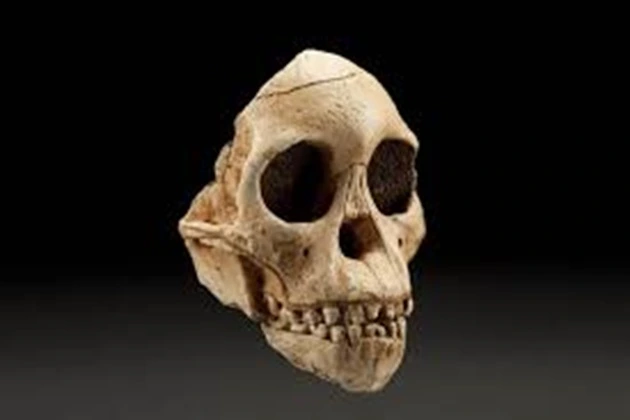
In 1924, workers working in a quarry near Taung brought an unusual skull to anthropologist Raymond Dart. It did not match the size of a monkey or a modern human, so the researcher was interested. After careful examination, Dart concluded that the skull belonged to a hominid about three years old, which he named the African Australopithecus.
The fossil is almost three million years old. The discovery indicated that early hominids walked on two legs, confirming the then-new theory that humans evolved in Africa rather than Asia or Europe. In the mid-1990s, anthropologist Lee Berger examined a child’s skull and assumed that he had been killed by an eagle attacking him.
6. Cave paintings of Lascaux, France
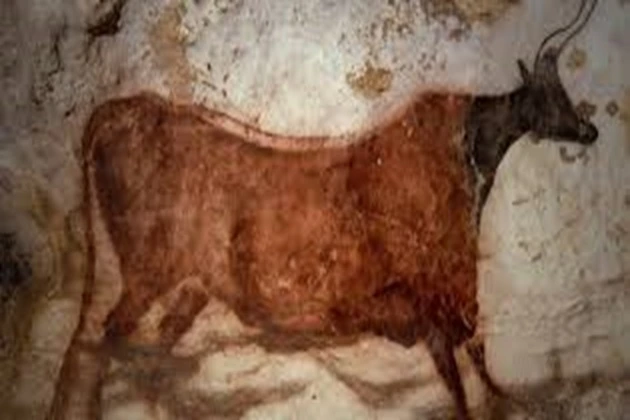
In 1940, a group of teenagers came across a cave in Montignac and noticed it was full of ancient art. The find touched the boys so much that they set up camp near it and stayed on duty for a week to protect the paintings inside. As a result, they told their teacher about what they had discovered. As it turned out, their discovery became one of the most critical discoveries in art history.
The age of the images, where you can recognize the silhouettes of bulls, deer, and other prehistoric animals, is estimated at seventeen thousand years. They show that people of the Stone Age could draw something on the wall and create images that reflect reality as much as possible. This indicates well-developed cognitive functions: memory, visual perception, and attention.
7. Engravings on seashells, Indonesia
Dutch anthropologist Eugene Dubois discovered the first fossils of Homo erectus in 1891. At the same time, he found a shell that had a zigzag pattern on it. She remained in the museum for about a century until she attracted the attention of scientists. In 2014, a study showed that the scratches on the shell are at least four hundred thousand years old and were intentionally left. Notably, no talents have been attributed to the erectus man up to this point. However, the desire to leave a mark on a household item may indicate abilities such as abstract thinking.
8. Sculpture of a lion man, Germany
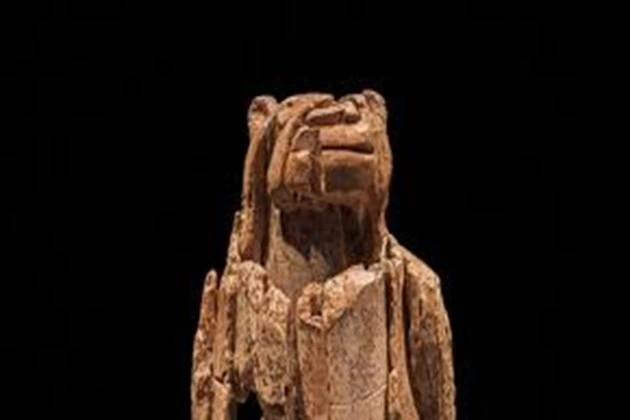
In 1939, geologist Otto Felzing discovered a statuette made from a mammoth tusk. It depicts a creature that is half human and half lion. It is just over thirty centimeters tall and was created about forty thousand years ago during the Aurignacian period. She is the oldest statuette depicting a fictional character ever found. Scientists suggest that it represents a deity and is one of the most ancient evidence of religious faith.
9. The oldest musical instruments in Slovenia
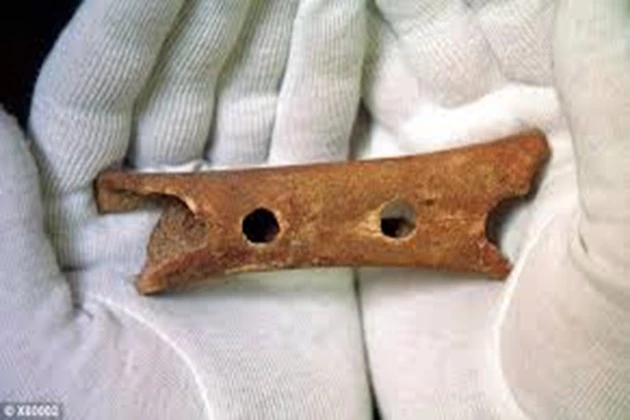
The love of music is not a new phenomenon. In 1995, archaeologists in Slovenia found a flute made from the bone of a cave bear. Scientists estimate that it is about sixty thousand years old. It is currently the oldest known musical instrument in the world. Creating a device for extracting sounds reflects intelligence, which can understand rhythm, tempo, and melody. So, Neanderthals were much more complex and advanced than one might imagine.




